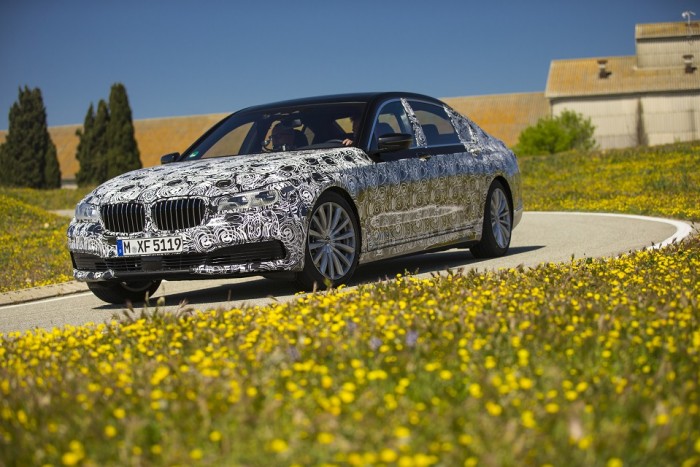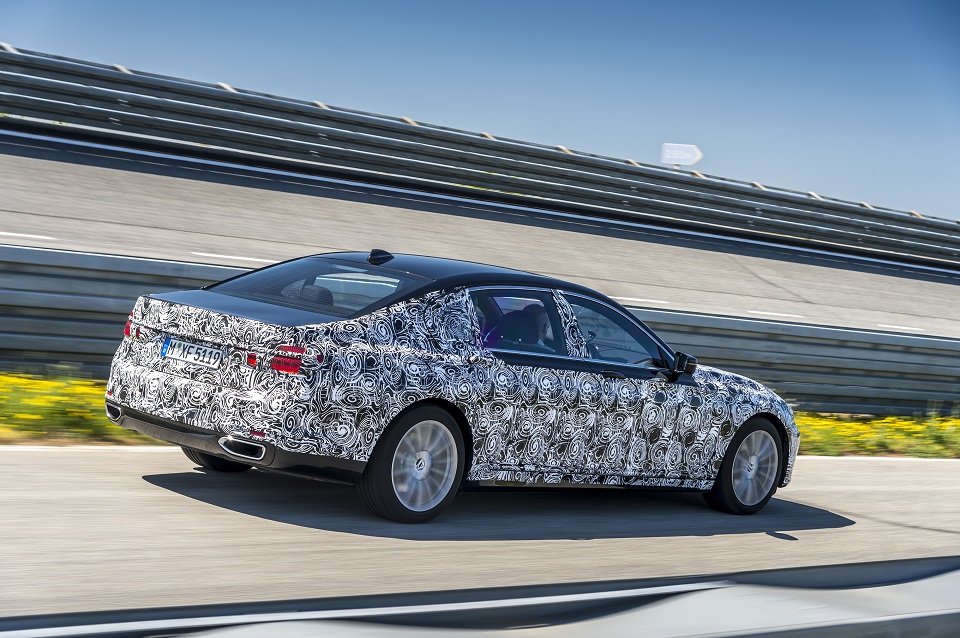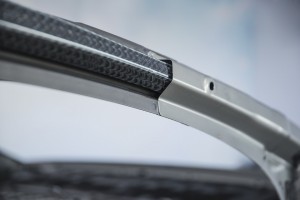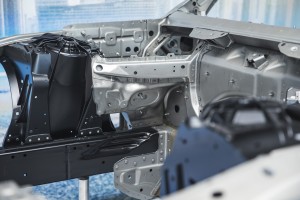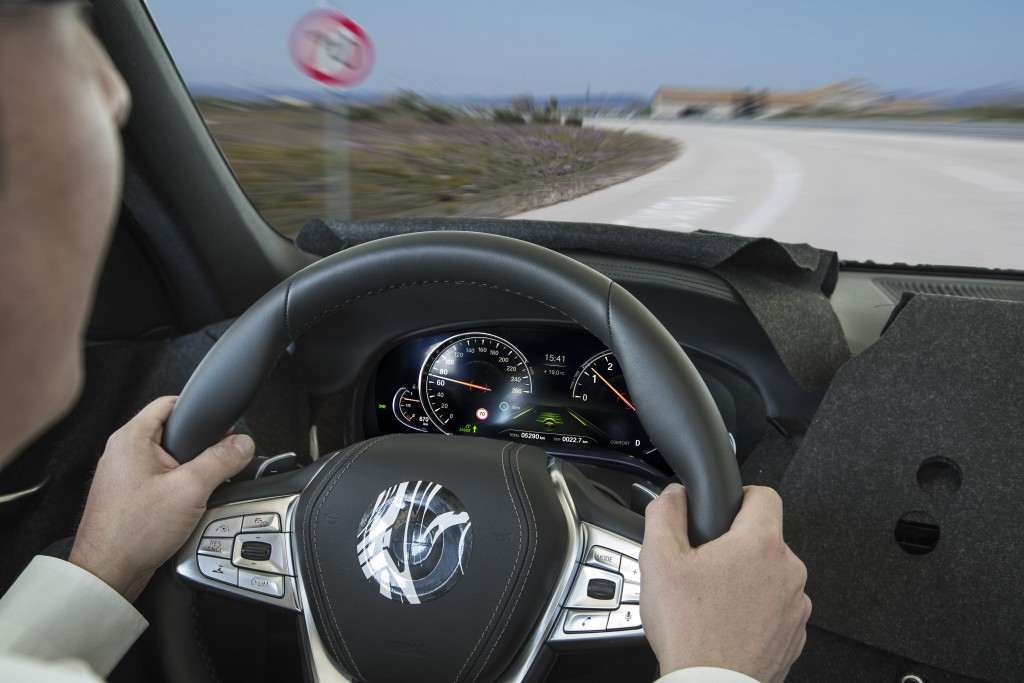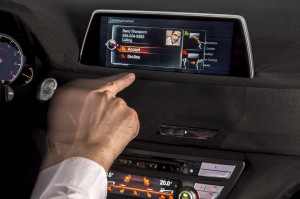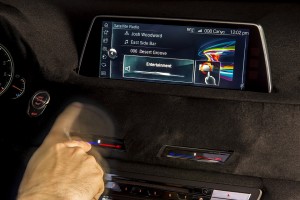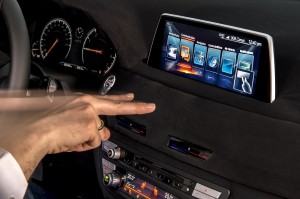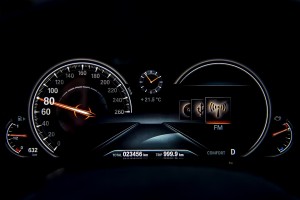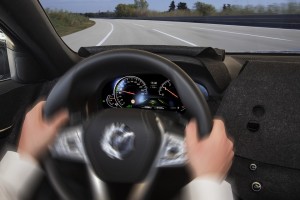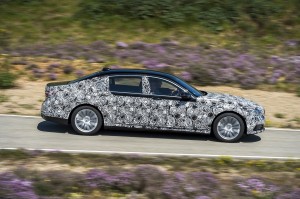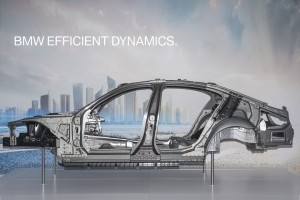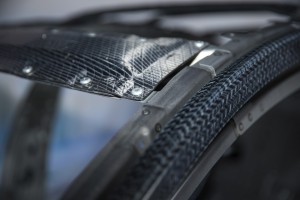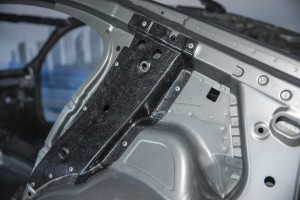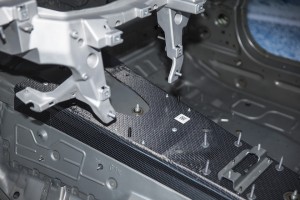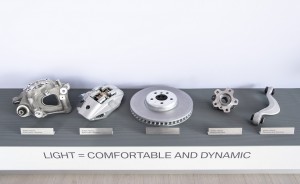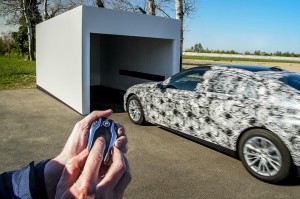Cutting-edge technology to define all-new BMW 7 Series (G11)
BMW is readying the sixth incarnation of its 7 Series for debut later this year, and official teaser materials hint at a revolutionary vehicle packed to the brim with various advanced innovations and technology in a bid to finally outgun the Mercedes-Benz S-Class, a car which successive generations of its predecessors never quite managed to get the measure of.
Code-named G11 internally by BMW, the all-new sixth-generation 7 Series seeks to impress with revolutionary chassis underpinnings (a traditional BMW stronghold) as well as a thoroughly revamped user interface set up that builds on its market-leading iDrive connectivity platform.
BMW’s hallmark inline-six engines continue as the range’s staple powertrain. Official materials from the company’s press office state only a 3.0-litre turbocharged from the company’s new family of modular all-aluminium engine in the line-up. Naturally, we expect the range to eventually include a diesel of the same capacity followed by V8 engines aimed to satisfy demands for higher power. An evolution of ZF’s much-lauded 8-speed auto serves as the standard transmission. All-wheel drive will be optionally available.
Much of BMW’s homework on the new 7 Series can be found in its chassis. Benefiting from techniques trickled down from the BMW i division, the G11 is built on a unique body structure utilizing carbon fibre in its construction make up in combination with various ultra high strength steels, aluminium, and plastic. This dazzling concoction, BMW claims, helps to shave 130kg of mass off the G11 from an equivalent variant of the current F01 model.
Sophisticated construction of the framework then goes on to meet sophisticated technology at the four corners; the new 7 Series will feature front and rear adaptive air suspension as standard. Driven by an electric compressor, the four air springs ensure that the car remains level at all times, even whilst being unevenly loaded. Based on circumstance, the springs can raise or lower the vehicle’s ride height by 25 or 10mm respectively. Adaptive dampers are mentioned as standard fit alongside the air springs. Rear-wheel steering, Integral Active Steer in BMW-speak, is offered as a cost option.
Control scheme of the Driving Experience Control system, which varies engine, transmission, steering, and suspension mappings, has been revised, moving from the rocker switch seen in current BMW models to individual buttons in which each driving mode – Eco Pro, Comfort, Sport, and Adaptive – can be directly selected. Two presses of the Comfort button leads to an even more cosseting Comfort+ setting.
A comprehensive rethink was also applied to BMW’s iDrive system, in its current iteration already regarded by many as being the best system of its kind in the business. The new version will have a touchscreen to complement the existing rotary knob interface, but perhaps the most crucial innovation is the introduction of gesture control. In our experience, it is difficult, even with habit, to press the correct zone of a touchscreen without taking your eyes off the road. Without the need to precisely aim for a specific touchpoint, gesture control is properly useful to have on the move.
Matching the advancements in its construction and interior, the 7 Series suitably comes equipped with a comprehensive array of autonomous driver aids such as active cruise control, traffic jam assistance, and lane departure warning. Active parking assistance is also available, and if a spot is really too tight, the remote control function allows you to get down first and automatically ease the car into the bay provided that the car is aligned at no more than 10 degrees to the box.
Pictures: Official BMW release.




